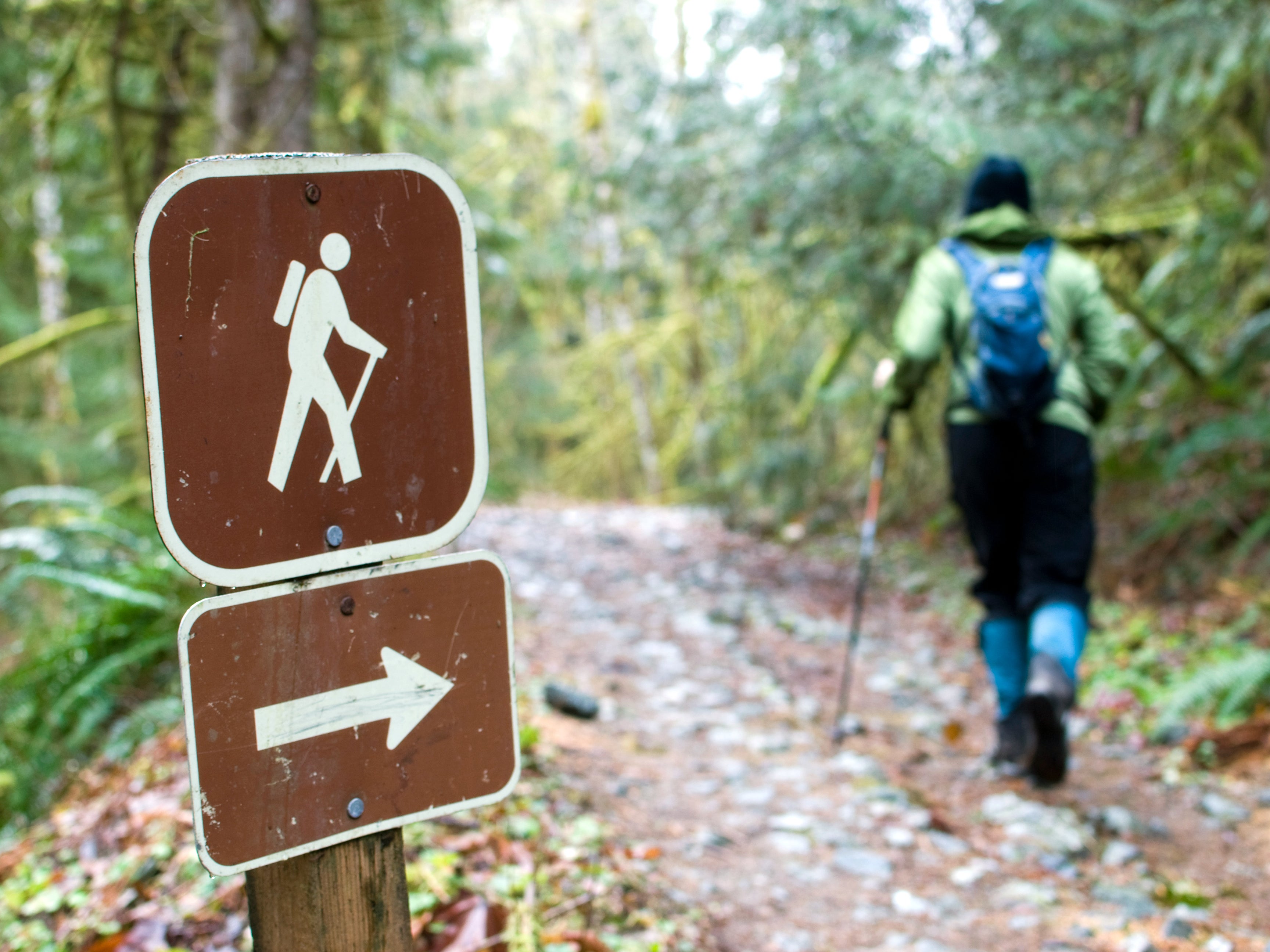» Clean and dry. Wash socks daily (inside and out; no soap or low suds) in order to prevent grit and organic matter from abrading skin. At least once a day, take off shoes and socks to let feet dry and air out. In the evening put on a clean, dry, and warm pair of socks, which help feet recover, so they can withstand another day of abuse.
» Manage moisture. At night after wet conditions, after feet have dried out, coat the bottoms with a hydrophobic balm such as Hydropel. This remoisturizes skin and serves as a water sealant. Wear thin socks and non waterproof shoes made of low-absorption materials, which do not retain as much water as thick socks, conventional boots or “waterproof” footwear. They also dry much faster.
Get the best fit
In the store, take the time to walk around in order to make sure you feel no pressure points, and use an incline board to check for toe bang and heel slip. The fit should be secure in the heel and roomy in the forefoot, allowing plenty of room for trail swell.
Downsize
Choose the lightest, most breathable shoes that are appropriate for the conditions. They’ll reduce sweat and put less stress on your feet.
Wear gaiters
Sand and grit increase friction—hence blisters. When you get debris in your shoes, stop and empty them.
Tie shoes correctly
Use these methods to help solve problems like heel slip and too-low volume.
 » Heel lock Keep your heel securely in place to eliminate rubbing, especially on hills. Thread laces vertically through the top two eyelets, creating a loop on each side. Cross the lace ends to tie, running them through the loops you created.
» Heel lock Keep your heel securely in place to eliminate rubbing, especially on hills. Thread laces vertically through the top two eyelets, creating a loop on each side. Cross the lace ends to tie, running them through the loops you created. » Custom volume Need more space in the middle without loosening the toes or cuff? Thread laces vertically through eyelets where you need extra room, with an extra wrap in the laces on either side to maintain tension above and below the loose spot
» Custom volume Need more space in the middle without loosening the toes or cuff? Thread laces vertically through eyelets where you need extra room, with an extra wrap in the laces on either side to maintain tension above and below the loose spot
No comments:
Post a Comment